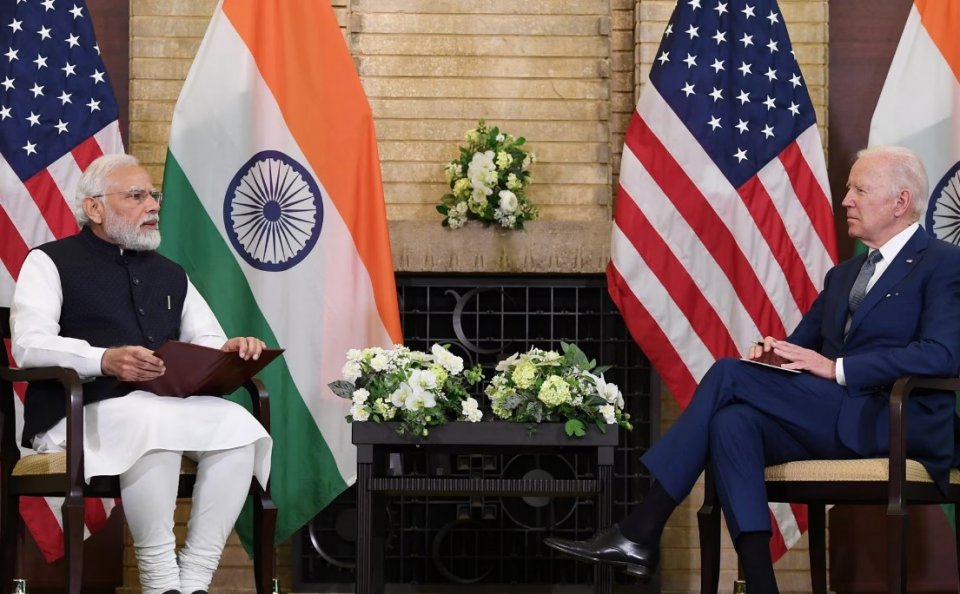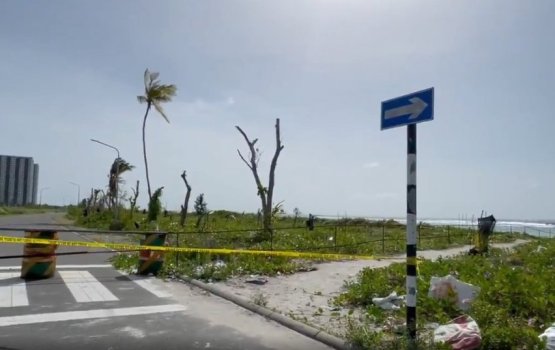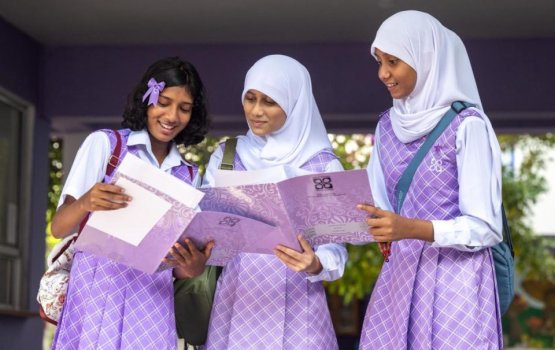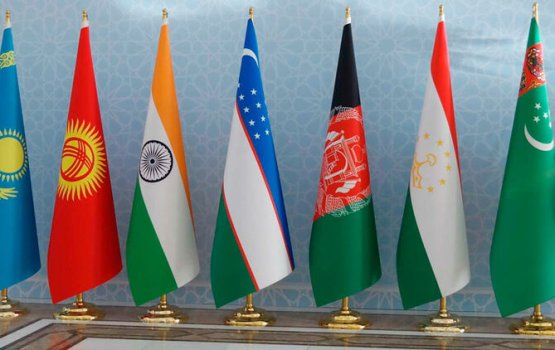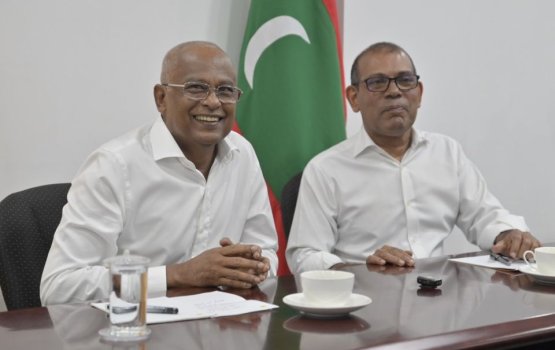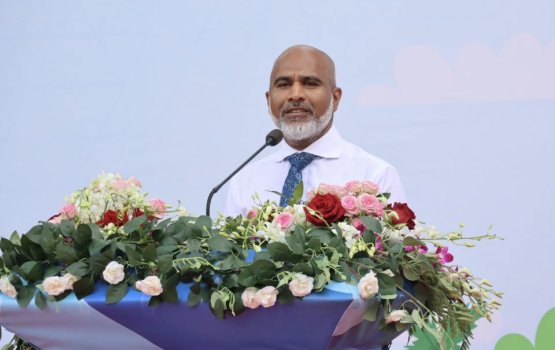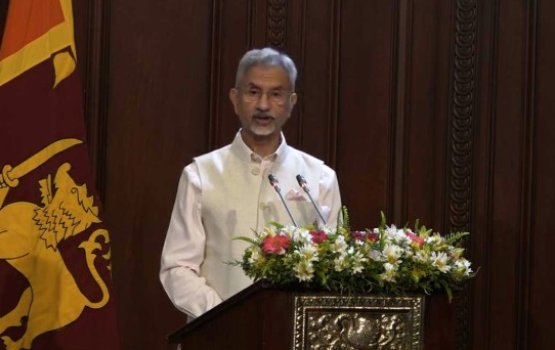Indian Prime Minister Narendra Modi will make his first state visit to the United States at what may be considered one of the most important junctures in the bilateral relations between India and the United States. The trip is significant because it will be the first state visit by Prime Minister Modi's administration at President Joe Biden's request. A state visit would be distinguished by more pomp and circumstance than Prime Minister Modi's past trips, as he would be greeted with a formal state ceremony before entering the White House to a 21-gun salute. TThe fact that state visits have such high symbolic and ceremonial value and can be seen as an official recognition of cordial bilateral relations between two states makes them exceptional honors.
One might anticipate a guiding forward of the discussions of these crucial defense policy agreements in the context of this state visit. The US administration's approval of joint manufacturing of the GE F 414 engines, which would power India's indigenous Tejas Mk2 light aircraft of the Indian air force, is another crucial result that is likely to result from this discourse. Additionally, the long-delayed agreement for the purchase of 30 MQ 9B Predator drones will be presented on the agenda.
As both nations prepare to deepen their connections, much more might be anticipated from this bilateral engagement. The presence of Prime Minister Modi, who is expected to arrive on June 22, 2023, is eagerly anticipated by the Indian diaspora in the United States. The visit will promote the shared objectives of a free and open Indo-Pacific along with fostering bilateral collaboration in a number of areas, including culture, defense, education, and people-to-people ties, as stated by White House Press Secretary Kerine Jean-Pierre.
It is also important to focus on the strategic aspects of the US-Indian alliances, particularly their collaboration in the fields of clean energy, space, and defense. The strategic area of cooperation will be discussed as both sides work to increase their defense capabilities, as the White House's official statement has reaffirmed.
To comprehend the significance of this state visit for both of these countries in the framework of their defense relations, a few recent occurrences must be taken into account. The 17th meeting of the India-US Defense Policy Group took place only last month. In order to strengthen the bilateral defense ties, the bilateral dialogue, which was presided over by Under Secretary of Defense for Policy Dr. Colin Kahl and Defence Secretary Giridhar Aramane of the Indian Ministry of Defence, discussed a wide range of defence sector-related issues, including industrial cooperation, information sharing, maritime security, and technological collaboration.
The important visit of US Defence Secretary Lloyd Austin, who met with India's Minister of Defense Rajnath Singh to reiterate US support for establishing robust military cooperation in the face of shared regional threats, added to this momentum. The "roadmap of defence industrial cooperation" is possibly the most notable result of this strategic conversation. Both parties agree to expand their industrial collaboration in the defense industry and ratchet up India's goals of expanding its defense production capabilities.
This strategy for defense industrial cooperation aims to give India access to the most important technological developments in defense structures in order to speed up the modernization process of the defense industry. The security of the relationships for defense supplies as well as the agreement on reciprocal defense procurement have both been the subject of negotiations between the two parties. Together, these two accords will diversify India and the US's defense sector cooperation.
It is abundantly clear that an improvement in India-US defense trade relations can be anticipated in the near future after considering all the probable topics for discussion during the state visit. It has already been predicted that India will likely spend more than $ 25 billion on US defense purchases. The United States would want to gain significantly by increasing defense commerce with India, the largest importer of defense equipment in the world, given the waning state of its economy at the moment.
Understanding the China factor is essential to understanding the significance of the strengthened India-US alliance in the Indo-Pacific. The goal of an open, free, stable, and safe area is one that ideally fits with that of other significant powers in the region, such as India, Japan, and Australia. The United States recently formally established an Indo-Pacific strategy that dealt with this goal. This underlines the value placed on the QUAD, the security partnership between these nations.
In order to make the Indo-Pacific a secure geopolitical zone, the QUAD illustrates the value of multilateral collaborations in addressing the containment of shared risks and obstacles. It becomes even more crucial in this situation for each member state of the alliance to develop means of boosting regional and multilateral security. India has taken action in this direction. Regional security will be realized through the strengthening of ties with Australia, the signing of crucial agreements regarding technology, defense, and connectivity with Japan, and the development of a strong defense supply chain infrastructure with the US, all of which will be made possible by this historic visit. (Source: GO)

